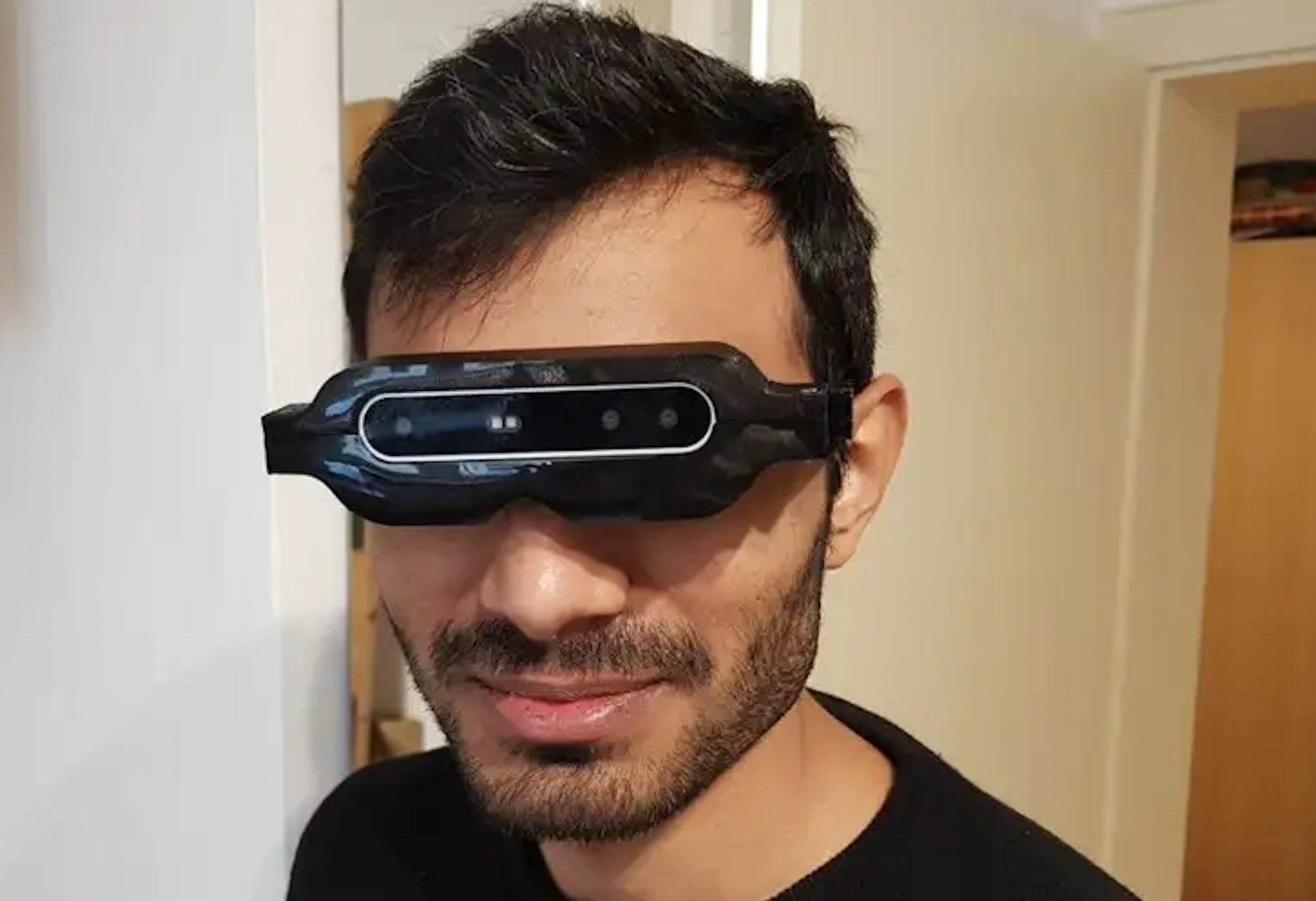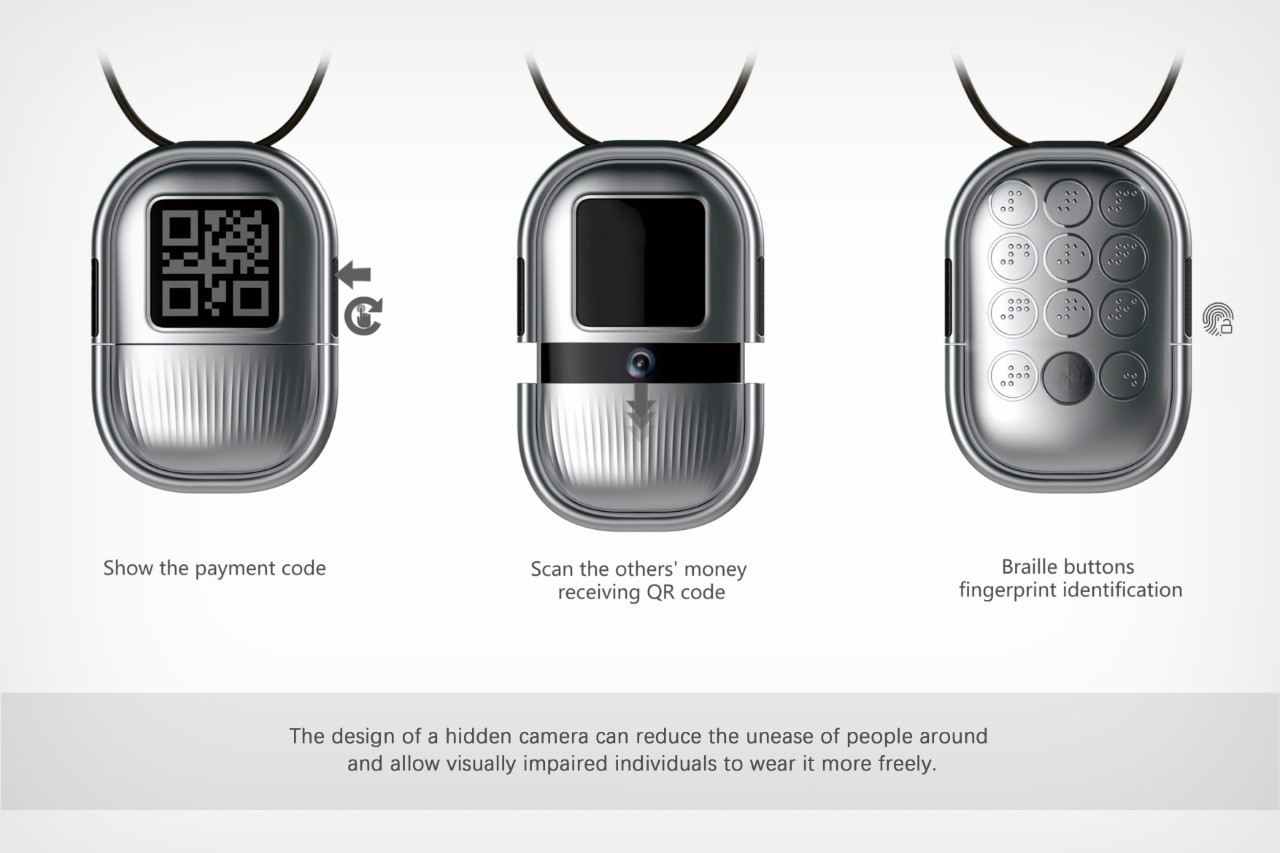Empowering Independence With Assistive Modern Technology for the Blind
The integration of assistive innovation into the lives of individuals with aesthetic disabilities represents a significant improvement in promoting independence and self-sufficiency. From innovative display viewers to innovative wise walking sticks, these devices not just enhance daily navigating and communication however additionally equip individuals to involve meaningfully in numerous aspects of life. As we discover the myriad benefits and real-world applications of these modern technologies, it ends up being essential to check out the hidden aspects that add to their performance and the possibility for future advancements in this important field.
Review of Assistive Technology

The development of assistive technology is based in principles of inclusivity and empowerment. Developments in software program, equipment, and sensory enhancements supply customers with alternatives customized to their specific needs. From display readers that convert text to speech, to responsive tools that share details through touch, these devices transform the means individuals engage with their surroundings.
Along with practical applications, assistive modern technology fosters better social inclusion and involvement in different industries, including education and learning and employment (AI-powered visual aids). As r & d remain to progress, the capacity for assistive technology to further boost the lives of visually damaged people stays appealing, leading the method for a more fair culture where everybody can flourish
Types of Assistive Instruments
A range of assistive devices have arised to support people with visual disabilities, each created to satisfy certain demands and enhance daily performance. These tools vary from low-tech solutions to modern innovations, supplying varied options for customers.
Low-tech gadgets consist of magnifiers and large-print materials that assist in reading and writing. Braille tools, such as Braille slates and stylus pens, allow tactile analysis and interaction. Orientation and mobility aids, like white canes, help individuals browse their atmosphere safely.
On the greater end of the range, digital zoom systems and screen viewers provide significant support. Digital magnifiers enable individuals to expand text and pictures on displays, while display visitors transform electronic material right into manufactured speech, helping with accessibility to details on computer systems and mobile phones.
Smart device applications likewise play a vital role, providing features like text acknowledgment and navigating aid. Wearable modern technology, such as clever glasses equipped with increased fact, is becoming an encouraging device to boost situational recognition.
Benefits of Assistive Innovation
The integration of assistive technology significantly enhances the top quality of life for people with aesthetic disabilities. These technologies equip individuals by advertising independence, allowing them to navigate their settings a lot more successfully and perform day-to-day jobs with greater convenience. Screen visitors and zoom software program permit people to access digital details, promoting expert and educational opportunities that might have formerly been out of reach.
Additionally, assistive find more information devices such as wise canes and general practitioners applications offer real-time navigating support, boosting flexibility and safety and security. This enhanced freedom not only boosts self-confidence yet additionally encourages social engagement, allowing individuals to get involved more same day eye appointment near me completely in their communities.
Assistive technology additionally facilitates communication, helping users attach with others through voice acknowledgment and text-to-speech applications. This capacity is crucial for keeping relationships and accessing important info.
In addition, the customization options offered with many assistive technologies make sure that individuals can tailor devices to their particular requirements, further boosting use and effectiveness. In general, the advantages of assistive modern technology for people with visual disabilities are extensive, advertising a more comprehensive society where everybody can pursue their objectives and desires.
Study and Success Stories
Highlighting the transformative impact of assistive modern technology, countless study show exactly how individuals with visual disabilities have successfully incorporated these tools into their every day lives. One compelling example includes an university student that made use of display reading software application to navigate on-line sources and scholastic materials properly. This technology not just promoted her education and learning but also improved her self-confidence in joining conversations and group jobs.
Another case research study features an expert that utilizes a smart device application developed for navigating and item acknowledgment. By utilizing this app, he has actually restored freedom in both his personal and workplace, permitting him to commute independently and involve with associates better.
Additionally, a senior citizen shared her experience with braille e-readers, which enabled her to access a substantial variety of literary works and stay attached with her community with publication clubs.
These success stories highlight the vital function of assistive technology in fostering independence, enhancing lifestyle, and promoting social assimilation for individuals with aesthetic impairments (Speech-to-text devices for low vision). By embracing these cutting-edge devices, users can overcome obstacles and take opportunities that add to their specialist and personal gratification

Future Trends in Assistive Innovation
Advancement in assistive modern technology is poised to redefine the landscape of support for individuals with visual impairments. Emerging trends stress the integration of expert system (AI) and device learning, which boost the capability of tools that help with navigation and information availability. For example, AI-driven applications are now efficient in interpreting aesthetic information in real-time, making it possible for customers to engage with their setting a lot more independently.
Additionally, the advancement of wearable modern technology is advancing quickly. Smart glasses geared up with increased truth (AR) can supply audio descriptions of surroundings, changing how customers engage with link public rooms. These devices not just promote freedom but also foster social addition.
Additionally, the Web of Things (IoT) is making homes smarter, enabling for smooth connectivity in between assistive tools and everyday appliances. This connection encourages individuals by enabling voice-activated controls and automated reactions customized to individual needs.
Verdict
To conclude, assistive technology plays an essential role in equipping individuals with aesthetic impairments by boosting their freedom and interaction with their surroundings. The varied series of gadgets and applications available not just facilitates navigating and communication however also advertises social combination and opportunities for specialist and individual development. As advancements proceed in this area, the capacity for improving the lifestyle for those with visual disabilities will certainly expand, fostering greater autonomy and empowerment.
